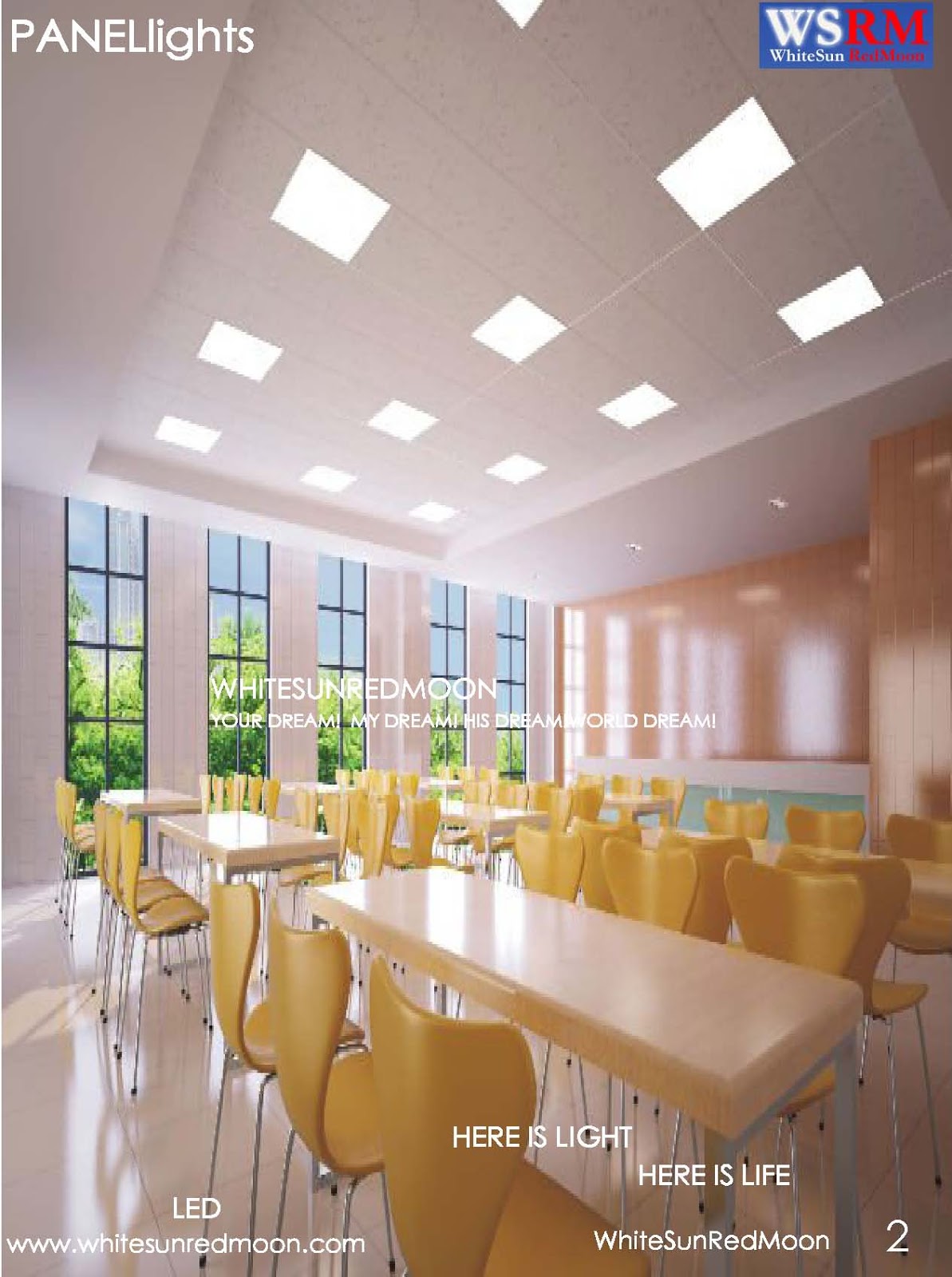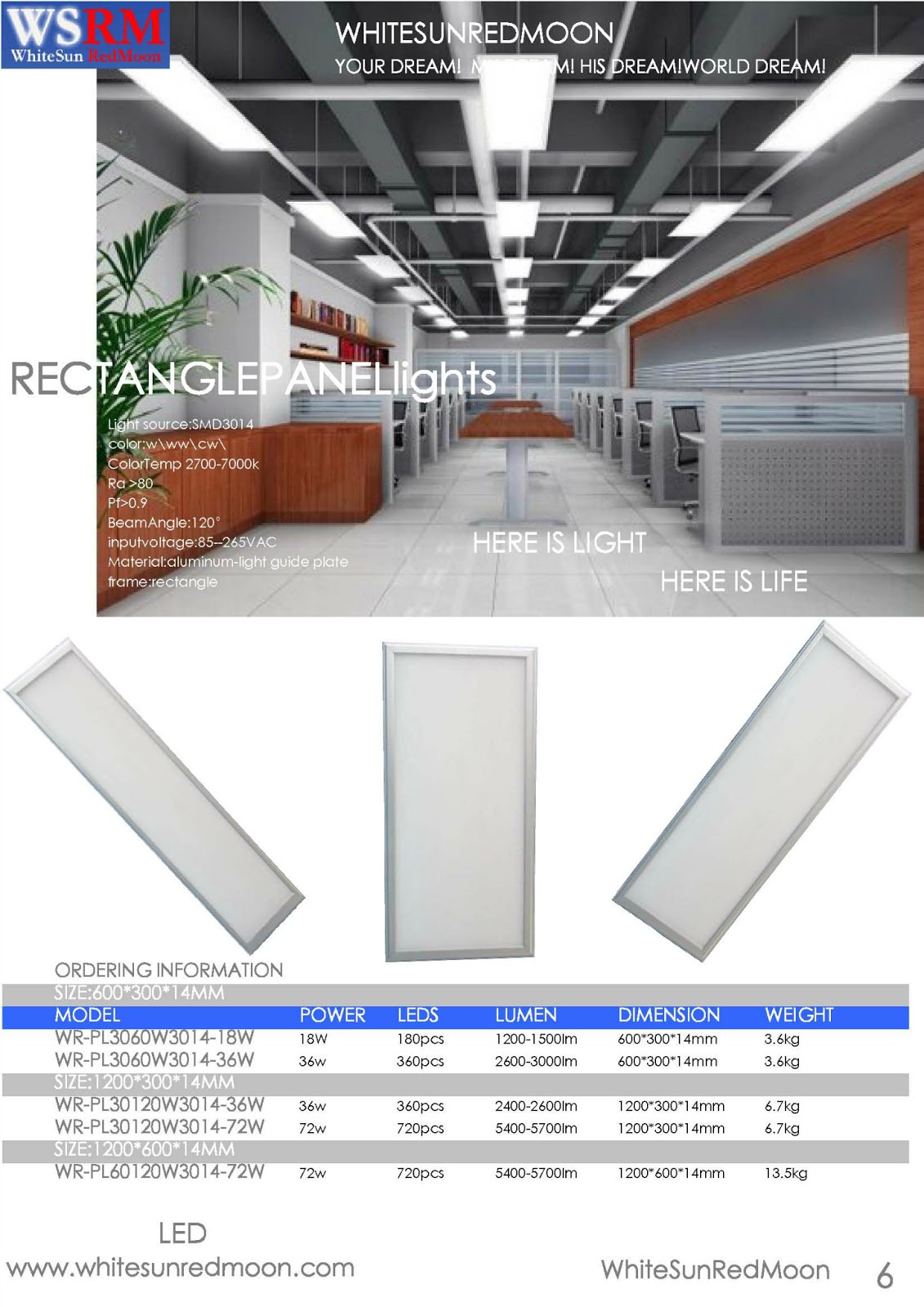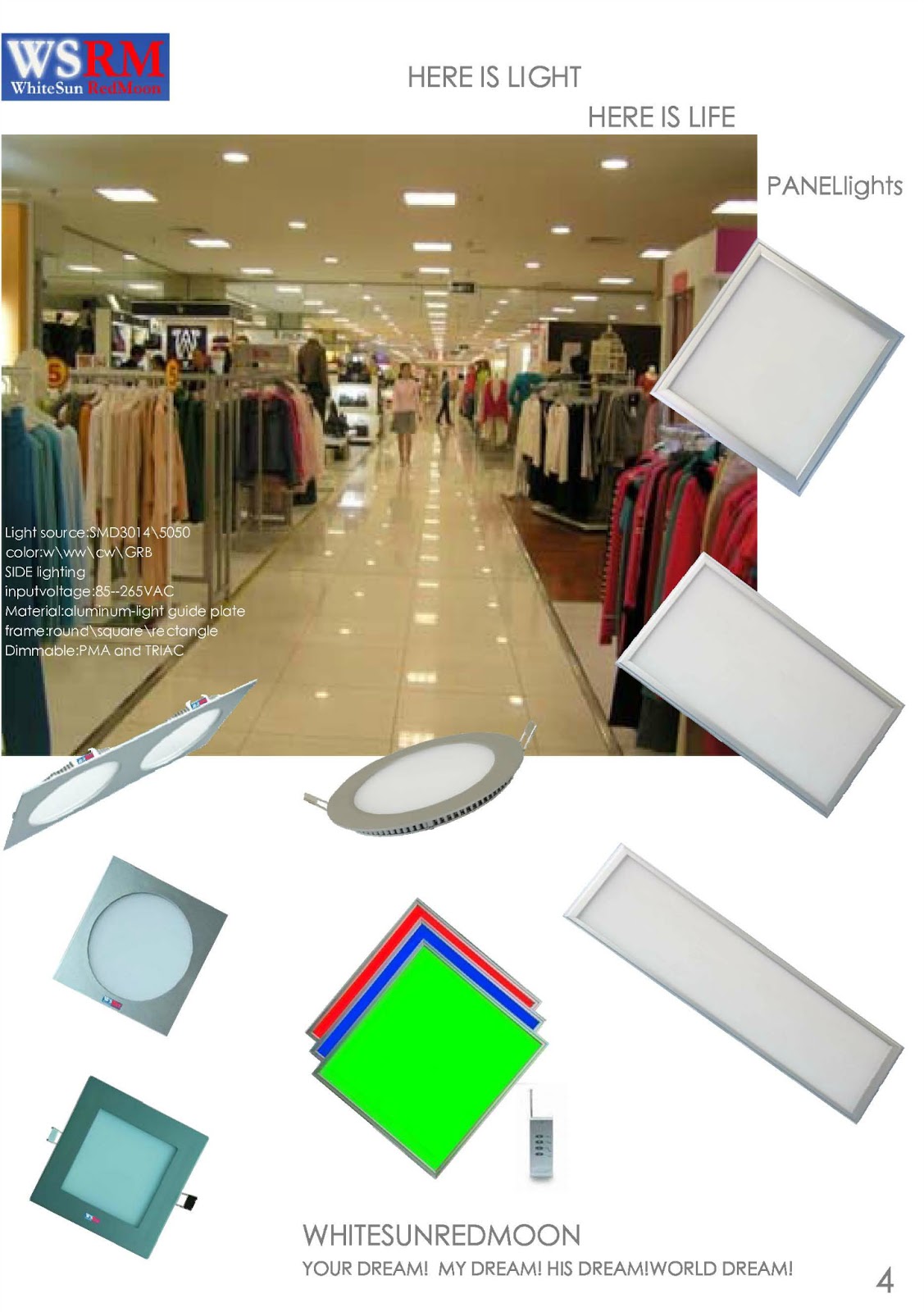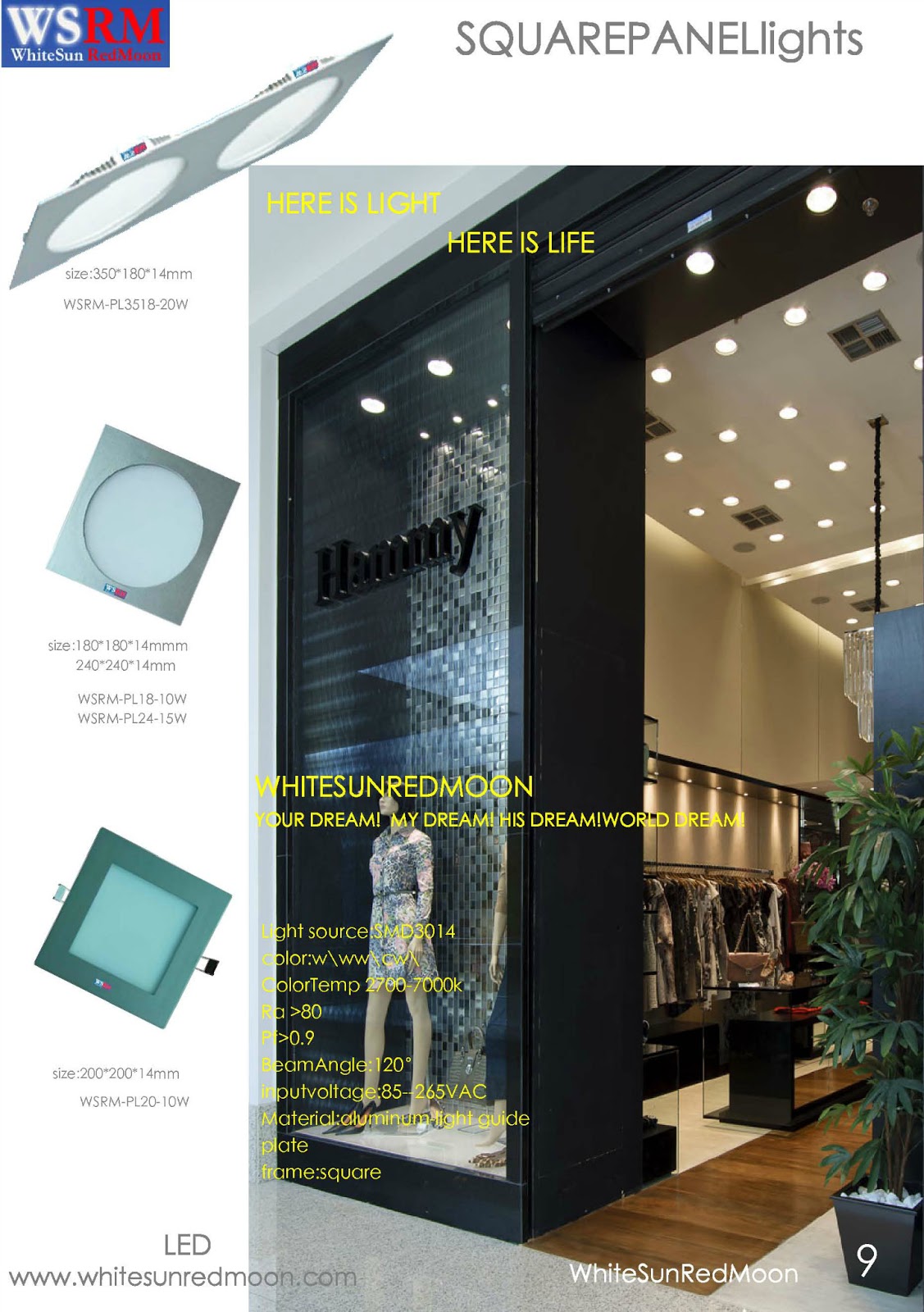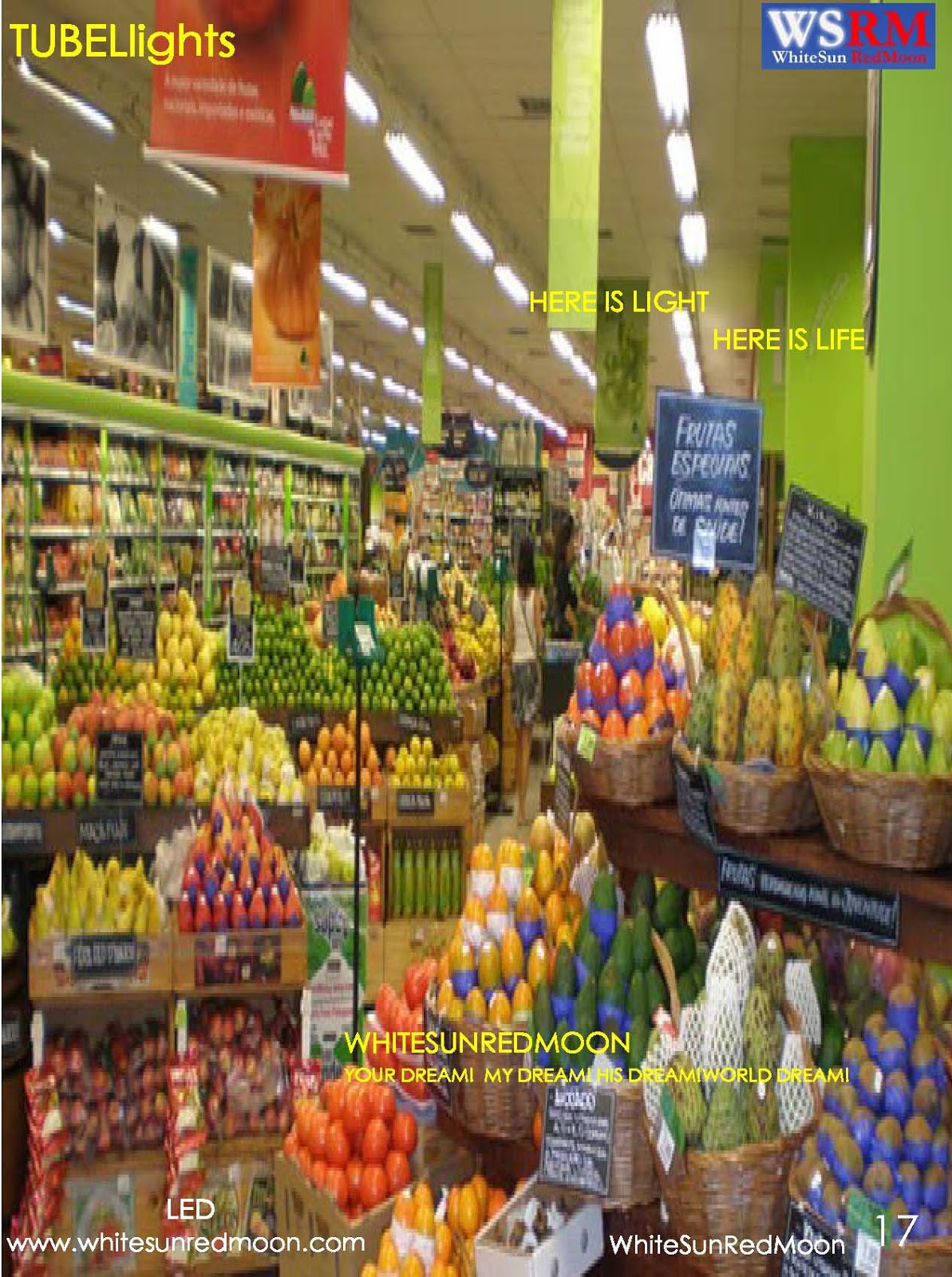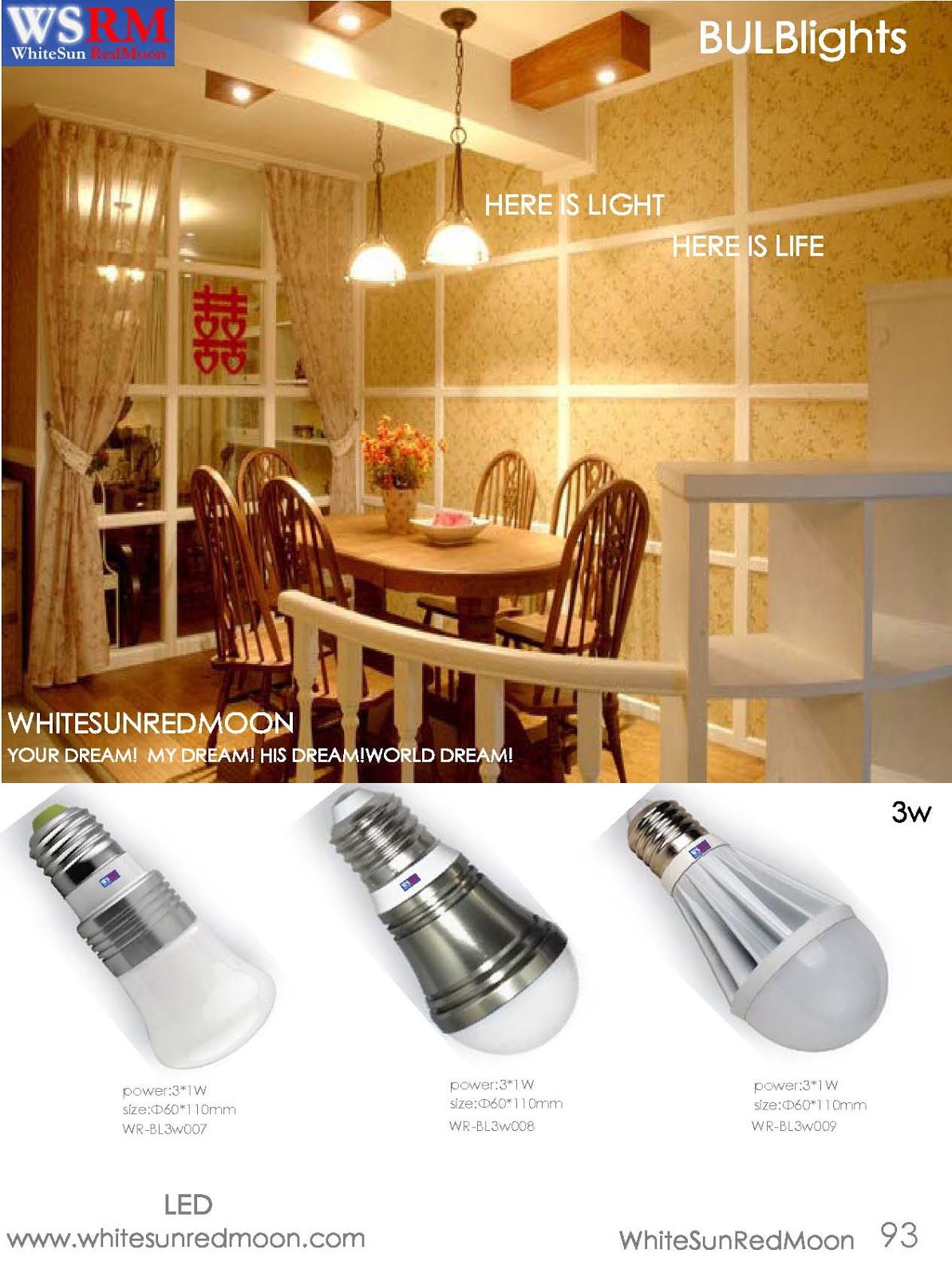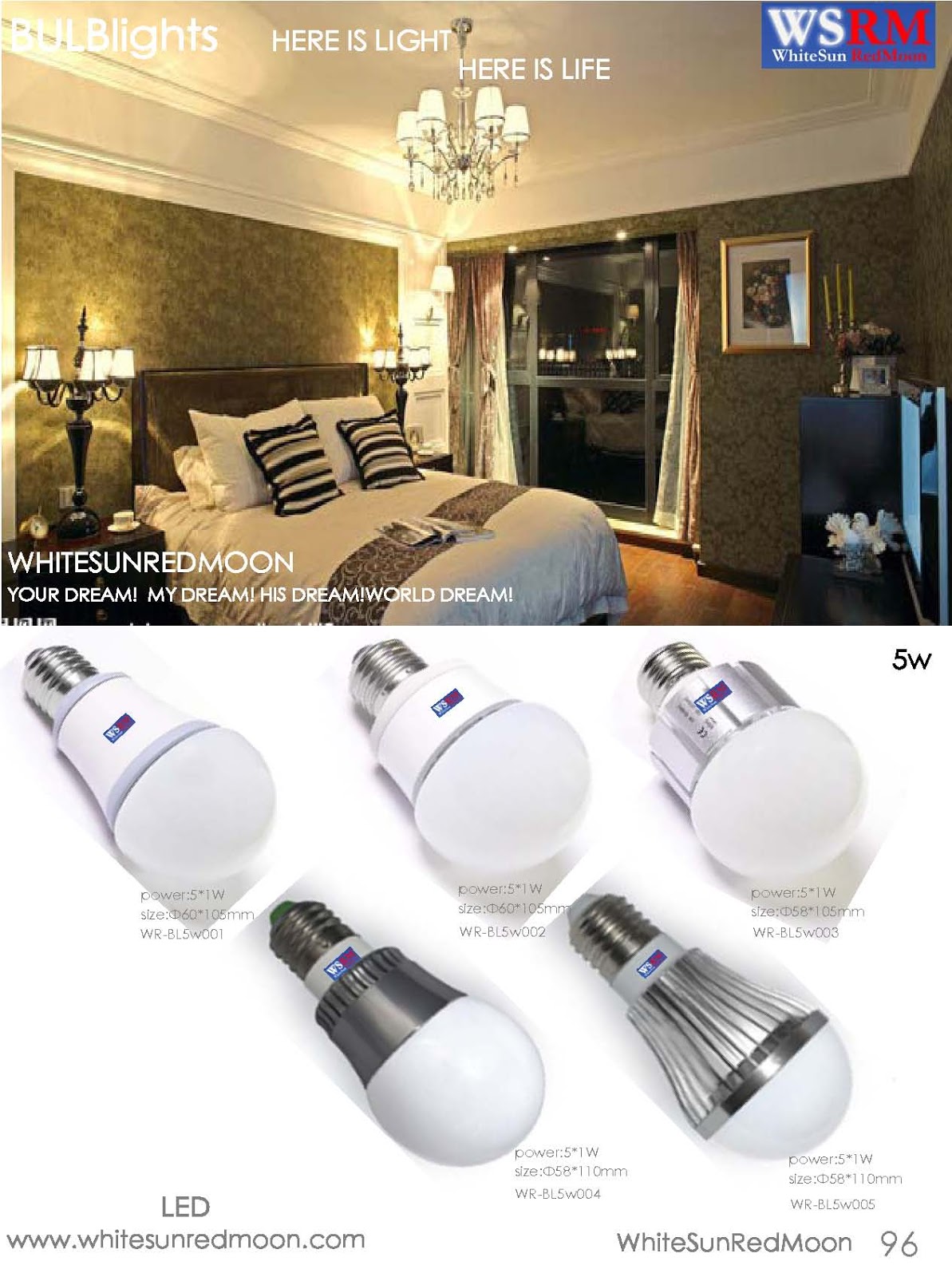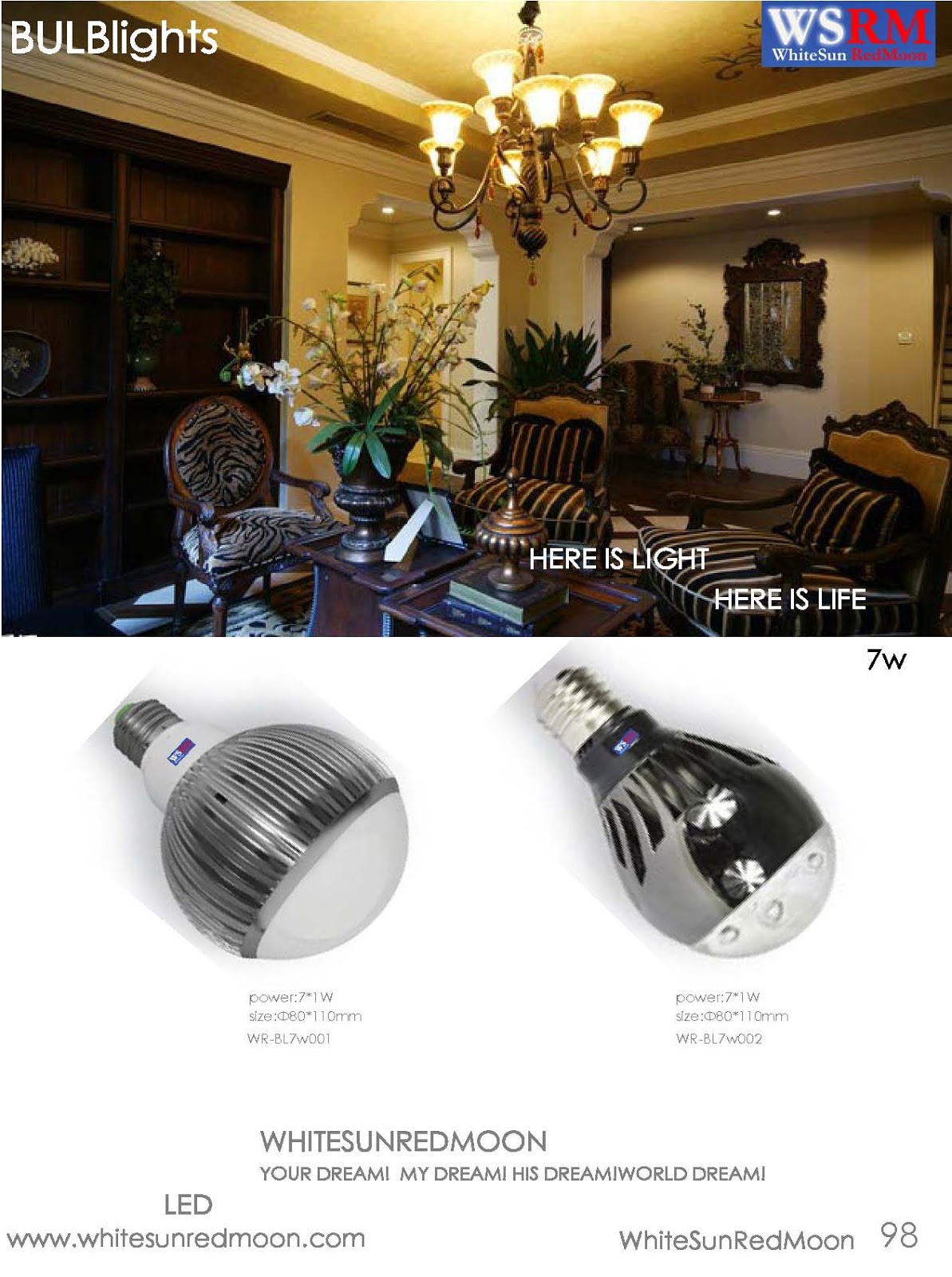WSRM---LED PANELELlights and LED TUBELlights used in BRACET office design!
it's a engineer wrote as below:
I am particularly entertained by blind wine tasting events. The inevitable conclusion is that price and quality generally have a loose correlation. In other words, an expensive wine isn’t always the one that people like best.

When it comes to designing a work environment, the same holds true. In fact, I’ll even suggest that there can be a negative correlation between expensive offices and a healthy workplace dynamic.
In my professional journey, I have seen a lot of different office types. I spent years as an engineer in a down and dirty development cube farm. I did a gig in a dimly lit CAD lab we affectionately called the mushroom farm. I sat in the burl wood-paneled offices of a high-end consulting firm. I was at Silicon Graphics in the mid 1990’s, whose offices were best described as a “rock and roll meets Hollywood.” I have also spent a lot of time in the offices of industrial design firms and top-tier creative marketing firms. I’m generally impressed with the creativity and energy that flows in these environments, and wowed by the money that goes into some of them.
As the CEO of a new startup, Bracket Computing, I am now in need of an office design. I feel this is a critical function. The look and feel we create sets the tone for our workplace and the way we feel when we’re here. Our office design makes me think about important questions. What type of attitudes do we want to encourage and foster? What type of person are we trying to attract? Answers to these questions drive the detailed design of the office. What I find most interesting is that creating a thoughtful, exciting and innovative work environment can actually cost much less than a more traditional but less creative approach. But attention to detail matters.
We chose an open work-space layout. It has several powerful advantages. Collaboration is a snap. Bracket is still a small enough company that we can have a company meeting by someone calling out “hey everybody, listen up.” That’s powerful. It also provides for very high density and therefore cost-effective seating.
There’s an obvious downside to open work-space: it can be hard to have a private conversation or engage in deep thinking. To compensate for this, we did several things. We closed off a number of smaller conference rooms so people have a place to take refuge. For the occasional phone call, we found classic red British telephone booths and assembled three of them along one wall. They have a stool and a little shelf—perfect for a short but private chat. We also put in diner-booth seating along another wall. This is ideal for lunch meetings but also ad hoc discussions that don’t need to formality of a conference room.
Lighting is another detail that really matters. The standard office fluorescent tubes are really depressing (“soul-crushing” in the words of one of our engineers). Instead we use WSRM-LED TUBElights and went with indirect reflectors which look much more finished and soften the light. We also used WSRM-LED PANELElights in an open section that provide excellent light
spectrum. Choice of paint and art hanging on the walls are also critical
details—low cost but very high impact.
light
spectrum. Choice of paint and art hanging on the walls are also critical
details—low cost but very high impact.
We recently had a housewarming event and got great feedback. What might have been a typical corporate meet-and-greet turned into a full blown celebration, extending way past the 9 pm scheduled ending and into the wee hours. This super-fun attitude is fueled by the chemistry of the office design.
Fun and frugality can be best friends. Our price per square foot, even with the British phone booths and other thoughtful extras, is about half what we saw at other startups in our venture investor’s portfolio. So just like with wines, a great office can be had at low cost with the care, attention and time to make it so.
it's a engineer wrote as below:
I am particularly entertained by blind wine tasting events. The inevitable conclusion is that price and quality generally have a loose correlation. In other words, an expensive wine isn’t always the one that people like best.
When it comes to designing a work environment, the same holds true. In fact, I’ll even suggest that there can be a negative correlation between expensive offices and a healthy workplace dynamic.
In my professional journey, I have seen a lot of different office types. I spent years as an engineer in a down and dirty development cube farm. I did a gig in a dimly lit CAD lab we affectionately called the mushroom farm. I sat in the burl wood-paneled offices of a high-end consulting firm. I was at Silicon Graphics in the mid 1990’s, whose offices were best described as a “rock and roll meets Hollywood.” I have also spent a lot of time in the offices of industrial design firms and top-tier creative marketing firms. I’m generally impressed with the creativity and energy that flows in these environments, and wowed by the money that goes into some of them.
As the CEO of a new startup, Bracket Computing, I am now in need of an office design. I feel this is a critical function. The look and feel we create sets the tone for our workplace and the way we feel when we’re here. Our office design makes me think about important questions. What type of attitudes do we want to encourage and foster? What type of person are we trying to attract? Answers to these questions drive the detailed design of the office. What I find most interesting is that creating a thoughtful, exciting and innovative work environment can actually cost much less than a more traditional but less creative approach. But attention to detail matters.
We chose an open work-space layout. It has several powerful advantages. Collaboration is a snap. Bracket is still a small enough company that we can have a company meeting by someone calling out “hey everybody, listen up.” That’s powerful. It also provides for very high density and therefore cost-effective seating.
There’s an obvious downside to open work-space: it can be hard to have a private conversation or engage in deep thinking. To compensate for this, we did several things. We closed off a number of smaller conference rooms so people have a place to take refuge. For the occasional phone call, we found classic red British telephone booths and assembled three of them along one wall. They have a stool and a little shelf—perfect for a short but private chat. We also put in diner-booth seating along another wall. This is ideal for lunch meetings but also ad hoc discussions that don’t need to formality of a conference room.
Lighting is another detail that really matters. The standard office fluorescent tubes are really depressing (“soul-crushing” in the words of one of our engineers). Instead we use WSRM-LED TUBElights and went with indirect reflectors which look much more finished and soften the light. We also used WSRM-LED PANELElights in an open section that provide excellent
We recently had a housewarming event and got great feedback. What might have been a typical corporate meet-and-greet turned into a full blown celebration, extending way past the 9 pm scheduled ending and into the wee hours. This super-fun attitude is fueled by the chemistry of the office design.
Fun and frugality can be best friends. Our price per square foot, even with the British phone booths and other thoughtful extras, is about half what we saw at other startups in our venture investor’s portfolio. So just like with wines, a great office can be had at low cost with the care, attention and time to make it so.
-
SALES CONTACTITALYTorino
39011redmoon1@myledonline.com
Rome
3906whitesun1@myledonline.com
SPAIN
Barcelona
3493redmoon1@myledonline.com
GERMANY
Berlin
4930whitesun1@myledonline.com
FRANCE
Paris
331redmoon1@myledonline.com
ENGLAND
London
4420whitesun1@myledonline.com
RUSSIA
Moscow
7499redmoon1@myledonline.com
FINLAND
Helsinki
3589whitesun1@myledonline.com
NORWAY
Oslo
47whitesun1@myledonline.com
AUSTRIA
Vienna
431whitesun1@myledonline.comNETHERLANDAmsterdam3120whitesun1@myledonline.com
SWITZERLAND
Zurich
4144whitesun1@myledonline.com
TURKEY
Istanbul
90216whitesun1@myledonline.com
BELGIUM
Brussels
322whitesun1@myledonline.com
SWEDEN
Stockholm
468whitesun1@myledonline.com
HUNGARY
Budapest
361whitesun1@myledonline.com
SCOTLAND
Glasgow
44141whitesun1@myledonline.com
ICELAND
Reykjavik
354whitesun1@myledonline.com

